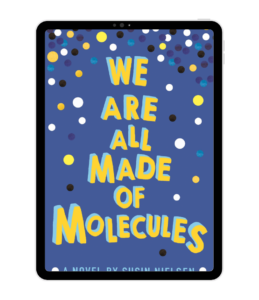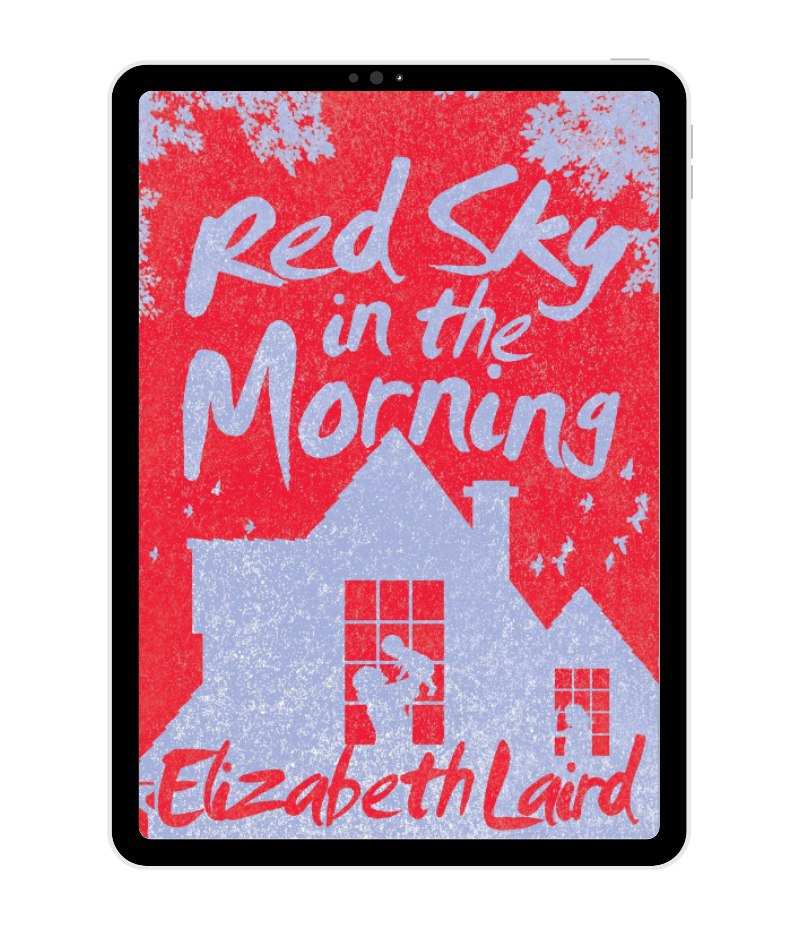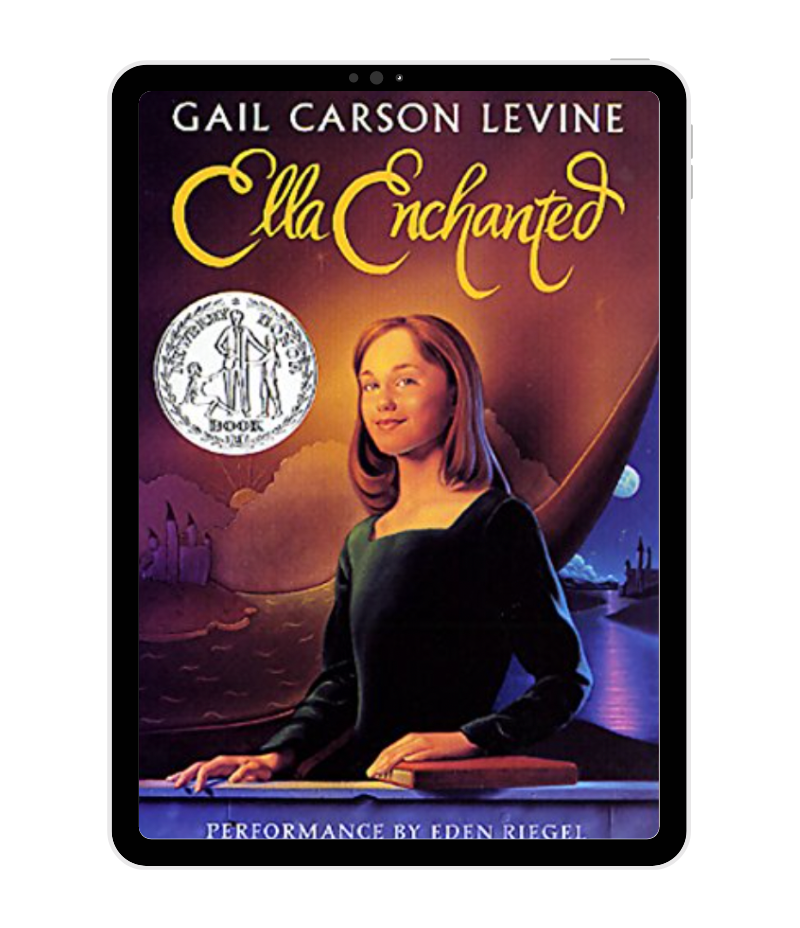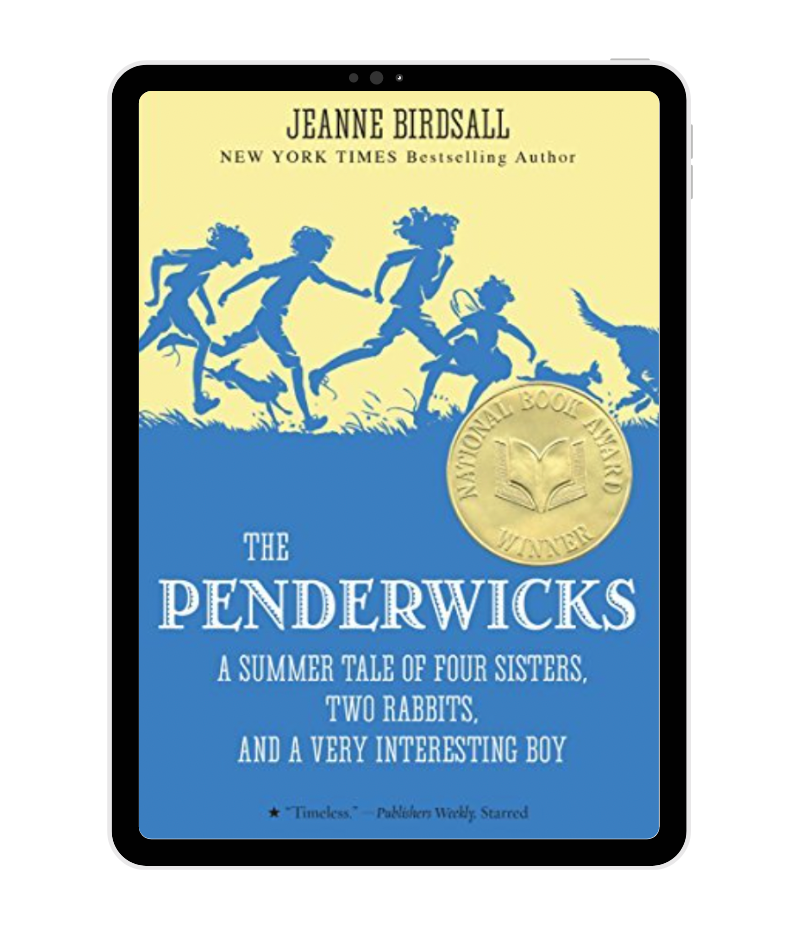Meet Stewart. He’s geeky, gifted and sees things a bit differently to most people. His mum has died and he misses her all the more now he and Dad have moved in with Ashley and her mum.
Meet Ashley. She’s popular, cool and sees things very differently to her new family. Her dad has come out and moved out but not far enough. And now she has to live with a freakazoid step-brother.
Stewart can’t quite fit in at his new school, and Ashley can’t quite get used to her totally awkward home, which is now filled with some rather questionable decor. And things are about to get a whole lot more mixed up when these two very different people attract the attention of school hunk Jared. . .
Dive into the rollercoaster of emotions that come with starting school in a perfect read for Key Stage 2 pupils navigating the ups and downs of new beginnings.
Genre: family friendship acceptance
Themes: family, bullying, peer pressure, friendship, grief & loss, homophobia, truth, acceptance, rejection
Age: 11+

1. Choose a character from the novel and compare them with another character (in the same novel or in another book you’ve read). What do they like and dislike? How do they behave? Who are their friends? What’s their family like? Where do they live? (Use ‘Venn Diagram’ resource)
2. Stewart uses graphs to plot his days. Get your learners to plot how they feel about their day using a graph. Along the x axis could be the activities they take part in and on the y axis could be a happiness/emotion scale. (Use ‘Emotion Graph’ resource)
3. Stewart illustrates his family as an equilateral triangle with his ‘mom’ at the base holding him and his dad up. Get your learners to illustrate their family dynamic using a shape of their choice and label the edges with the different members of their family. (CC links: mathematics, PHSE)
4. Bullying and friendship play an important role in the book. If you were Headteacher for the day at their school, get your learners to outline some ways to tackle the issues they’re facing.
5. Labels are used to describe characters often in the novel. Get your learners to identify these and come up with connotations that these labels have. Open this up to a debate about the pros and cons of labelling people.
Enjoyed this book? You might also enjoy…


